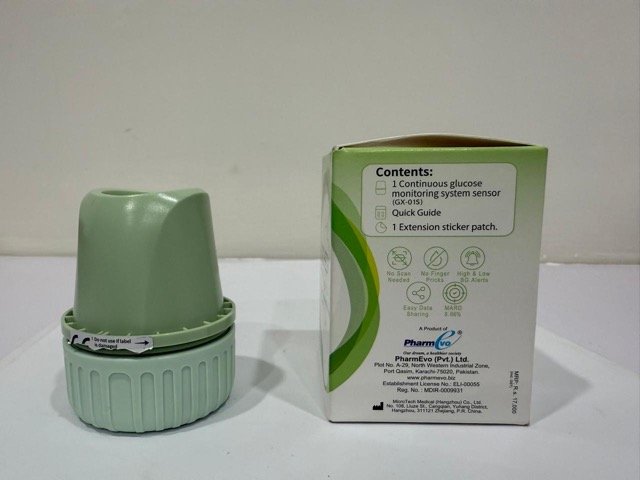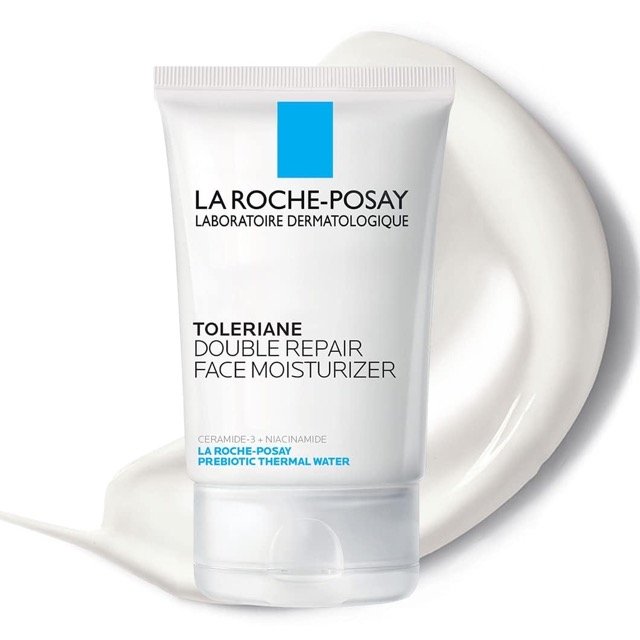The treatment landscape for lung cancer continues to evolve rapidly, especially for tumors driven by specific genetic mutations. In August 2025, the FDA granted accelerated approval to HERNEXEOS® (zongertinib tablets)—a new HER2 (ERBB2) tyrosine kinase inhibitor (TKI)—marking an important milestone for patients with HER2-mutated non-small cell lung cancer (NSCLC).
This article provides a comprehensive look at its indications, dosing, efficacy pathway, side effects, monitoring guidelines, and what clinicians and patients should know.
What Is HERNEXEOS?
HERNEXEOS® (zongertinib) is an oral kinase inhibitor specifically designed to target tumors with:
-
HER2 (ERBB2) tyrosine kinase domain activating mutations,
-
in adults with unresectable or metastatic non-squamous NSCLC,
-
who have already received prior systemic therapy.
How It Was Approved
The FDA granted accelerated approval, based on:
-
Objective Response Rate (ORR)
-
Duration of Response (DoR)
Full approval will depend on confirmatory trials demonstrating long-term clinical benefit.
How Does HERNEXEOS Work?
HER2 is a member of the EGFR family involved in regulating cell growth. Activating mutations in HER2 can drive uncontrolled tumor proliferation.
HERNEXEOS targets:
-
HER2-mutated cancer cells
-
Interrupts downstream signaling
-
Limits tumor growth and spread
This makes it particularly valuable for a subset of lung cancer patients who previously had limited targeted treatment options.
Who Should Receive HERNEXEOS?
Eligible Patients
-
Adults with unresectable or metastatic non-squamous NSCLC
-
Tumor must have a confirmed HER2 (ERBB2) kinase-domain activating mutation
-
Must have received at least one prior systemic therapy
Diagnostic Requirement
Treatment must be based on results from an FDA-approved HER2 mutation test, typically performed using tissue or plasma.
Dosage Based on Body Weight
Unlike many TKIs, HERNEXEOS uses a weight-based dosing strategy:
| Body Weight | Recommended Dose |
|---|---|
| < 90 kg | 120 mg once daily |
| ≥ 90 kg | 180 mg once daily |
Administration:
-
Take orally once daily
-
With or without food
-
Continue until disease progression or unacceptable toxicity
Safety Profile & Side Effects
Most Common Adverse Reactions (≥ 20%)
-
Diarrhea
-
Hepatotoxicity
-
Rash
-
Fatigue
-
Nausea
These side effects are similar to other HER2-targeted TKIs but require proactive monitoring.
Serious Adverse Reactions & Monitoring
1. Hepatotoxicity (Liver Injury)
Why it matters:
HER2 inhibitors can elevate liver enzymes, sometimes severely.
Monitoring Requirements:
-
Baseline ALT, AST, bilirubin
-
Every 2 weeks for the first 12 weeks
-
Monthly thereafter
-
More frequently if abnormalities occur
Management:
-
Dose interruption
-
Dose reduction
-
Permanent discontinuation depending on severity
2. Left Ventricular Dysfunction (Heart Function)
HER2-targeted agents can affect cardiac contractility.
Before starting treatment:
-
Evaluate Left Ventricular Ejection Fraction (LVEF)
During treatment:
-
Monitor LVEF regularly or as clinically indicated
3. Embryo-Fetal Toxicity
HERNEXEOS can cause fetal harm.
Recommendations:
-
Use effective contraception
-
Counsel patients on fetal risk
-
Avoid use in pregnancy
-
Do not breastfeed while taking HERNEXEOS
Laboratory Abnormalities
Grade 3 or 4 abnormalities (≥ 2%):
-
↓ Lymphocytes
-
↑ ALT
-
↑ AST
-
↓ Potassium
-
↑ GGT
These values emphasize the need for routine blood monitoring.
Drug Interactions
1. CYP3A Inducers
Examples: rifampin, phenytoin, carbamazepine
-
Avoid if possible
-
If unavoidable → increase HERNEXEOS dose
2. BCRP Substrates
Example: rosuvastatin, sulfasalazine
For certain BCRP substrates:
-
Avoid use if small concentration increases can cause toxicity
-
Consider alternative drugs
-
If unavoidable → monitor closely and adjust doses
Special Populations
Pregnancy & Lactation
-
Do NOT, under any circumstance, use during pregnancy
-
Breastfeeding is contraindicated
There is no human data, but animal studies show significant fetal risk.
When to Stop or Modify Treatment
Dose interruption or discontinuation may be required for:
-
Grade 3 or 4 liver enzyme elevations
-
Persistent or severe diarrhea
-
Severe rash
-
Worsening cardiac function
-
Any life-threatening adverse effect
Clinical judgment is crucial because HERNEXEOS is generally continued as long as toxicity is manageable.
Why HERNEXEOS Matters
HER2-mutated NSCLC accounts for 2–4% of lung cancers, a small but important group with limited targeted options.
HERNEXEOS offers:
-
A mutation-specific therapy
-
Oral once-daily convenience
-
A promising response rate
-
A new option for patients who previously relied only on chemotherapy or immunotherapy
As confirmatory trials progress, its role in lung cancer management will become clearer.
Key Takeaways
-
HERNEXEOS (zongertinib) is a newly approved HER2-targeted oral therapy for metastatic non-squamous NSCLC.
-
Requires confirmed HER2 KDD mutation and prior systemic therapy.
-
Dosed based on weight (120 mg vs 180 mg).
-
Major risks include hepatotoxicity, cardiac dysfunction, embryo-fetal toxicity, and drug interactions.
-
Ongoing monitoring is essential, especially in the first 12 weeks.







